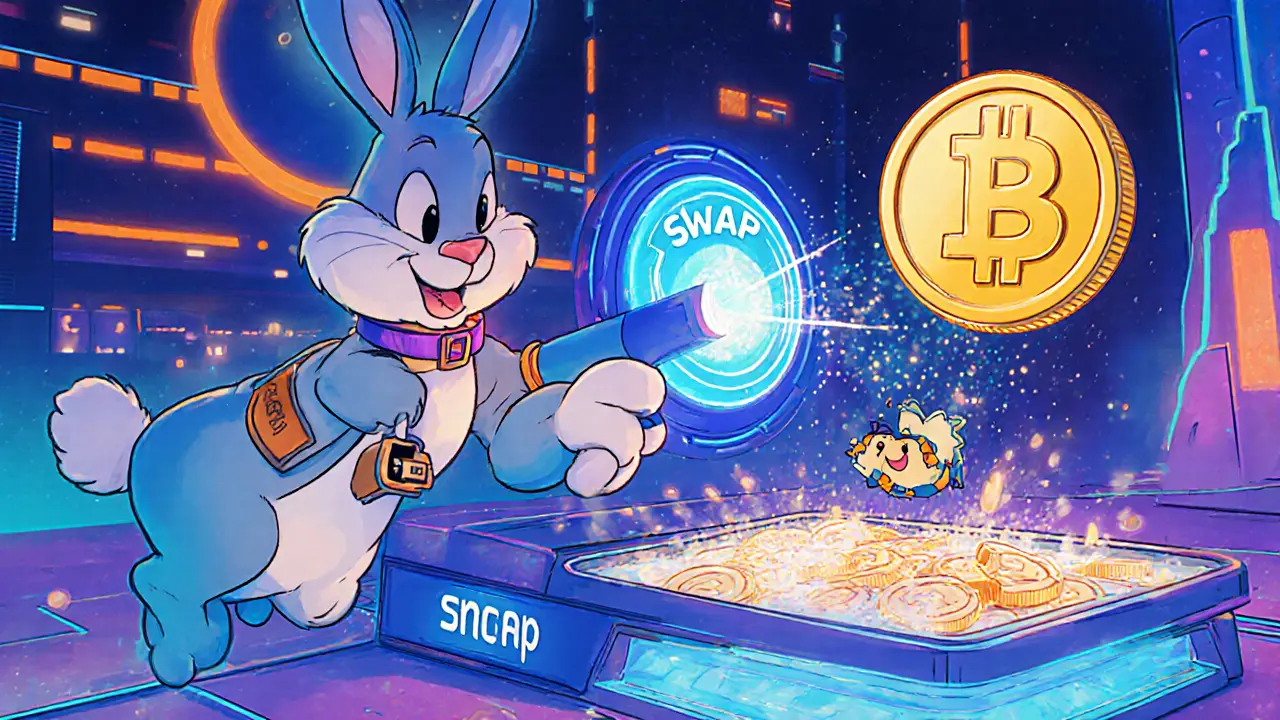TRC-20 Swap: The Practical Guide
When working with TRC-20 swap, a method for exchanging TRC-20 tokens directly on the TRON blockchain without a centralized intermediary. Also known as TRC‑20 token swap, it lets users trade peer‑to‑peer by using on‑chain smart contracts, you’re essentially swapping one TRC‑20 asset for another. This process TRC-20 swap encompasses three core ideas: the token standard, the contract that executes the trade, and the platform that hosts it. Understanding each piece helps you avoid mistakes and save fees.
Key Components of a TRC-20 Swap
First, the TRC-20 token, the fungible asset built on the TRON network following the TRC‑20 specification provides the basic unit of value. Because every TRC‑20 token follows the same interface, a single smart contract can handle many different coins. Next, a decentralized exchange, a platform that matches buyers and sellers on‑chain without custodial control supplies the marketplace where swaps happen. The exchange’s liquidity pools contain pairs of TRC‑20 tokens, and the smart contract routes the trade, ensuring the correct amount is delivered to each side. In short, a TRC‑20 swap requires a token, a DEX, and a contract that ties them together. This trio creates a trustless environment: the DEX offers price discovery, the token defines the asset, and the contract enforces the rule set.
Beyond the basic swap, many users need to move assets across different blockchains. That’s where a cross‑chain bridge, a set of smart contracts and relayers that lock a token on one chain and mint a wrapped version on another becomes essential. A bridge expands the reach of TRC‑20 swaps, letting you trade a TRON‑based token for an Ethereum‑based counterpart, or vice‑versa. The bridge’s role influences the swap’s speed and security: a well‑audited bridge reduces the risk of loss, while a slower bridge may increase transaction time. Knowing when to stay on‑chain versus when to use a bridge can save you both money and headaches.
Putting it all together, the typical workflow looks like this: you select a TRC‑20 token you own, connect to a decentralized exchange that lists a suitable liquidity pool, approve the token for the swap contract, and confirm the trade. If you need a token that lives on another chain, you first send it through a cross‑chain bridge, then repeat the swap steps on the destination network. The articles below dive deeper into each piece—covering token mechanics, DEX features, bridge security, and real‑world use cases—so you can trade confidently and keep your portfolio moving in the right direction.

